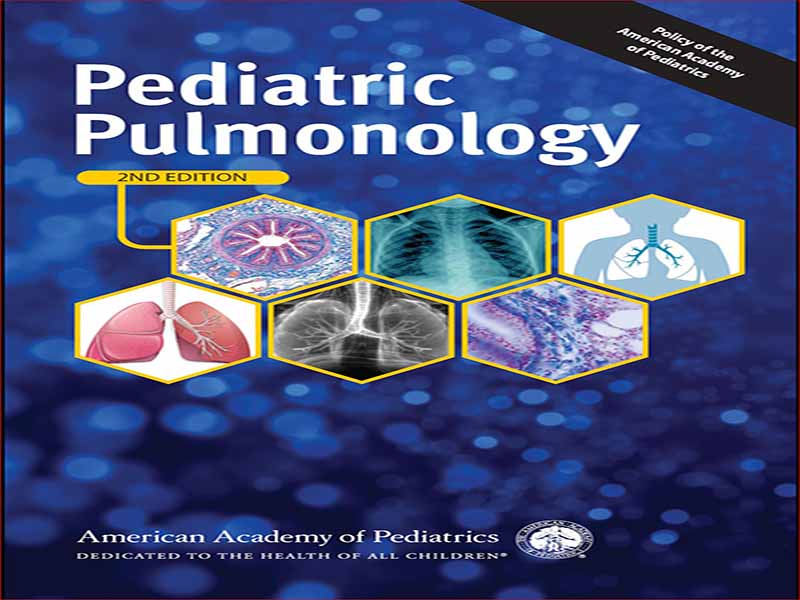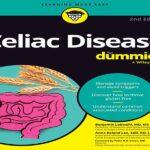- عنوان: Pediatric Pulmonology
- نویسنده: Michael J. Light
- حوزه: بیماریهای ریه
- سال انتشار: 2024
- تعداد صفحه: 1217
- زبان اصلی: انگلیسی
- نوع فایل: pdf
- حجم فایل: 65.9 مگابایت
آگاهی از رشد ریه ها به ما کمک می کند تا ناهنجاری های ریوی مادرزادی را درک کنیم. ریه ها پس از 22 تا 24 هفته با هدف نهایی حفظ زندگی پس از زایمان رشد می کنند. این اتفاق با استنشاق اکسیژن از جو به ریه ها و بازدم دی اکسید کربن رخ می دهد. اکسیژن سوختی را فراهم می کند که به بدن انسان اجازه عملکرد می دهد. در این فصل، آناتومی ناخالص ریه، به جای آناتومی میکروسکوپی، توضیح داده شده است. 3 قانون رشد ریه ها بر اساس Hislop و Reid1 به شرح زیر است: 1. درخت برونش تا هفته شانزدهم زندگی داخل رحمی رشد می کند. 2. آلوئول ها در 28 هفتگی رشد می کنند، تعداد آنها تا 5 تا 8 سالگی افزایش می یابد و تا زمانی که رشد دیواره قفسه سینه با بزرگسالی تمام شود، اندازه آنها افزایش می یابد. 3. عروق پیش آسینار (شریان ها و وریدها) توسعه راه های هوایی را دنبال می کنند. توسعه عروق داخل آسینار از آلوئول پیروی می کند. عضلانی شدن شریان های داخل آسینار همگام با ظهور شریان های جدید نیست. 5 مرحله یا دوره رشد ریه وجود دارد. قبل از هفته 3 بارداری، کیسه ای از قسمت جلویی روده اولیه بیرون می آید که در آن زمان جنین 3 میلی متر طول دارد. این دوره فاز جنینی را تشکیل می دهد. جوانه ریه به راست و چپ تقسیم می شود که تبدیل به ریه راست و چپ می شود. در پایان دوره جنینی، 5 شاخه اضافی وجود خواهد داشت که برونش های اصلی هستند و جوانه های ریه در کیسه های اولیه ریه کشیده می شوند. ناهنجاری های رشدی در این مرحله منجر به ناهنجاری های راه های هوایی اصلی، از جمله آترزی (بسته یا توسعه نیافته) و فیستول نای مری می شود.
Knowledge of the development of the lungs helps us to understand congenital pulmonary anomalies. The lungs develop after 22 to 24 weeks with the ultimate purpose of sustaining life after delivery of the newborn. This occurs by oxygen from the atmosphere being inhaled into the lungs and carbon dioxide being exhaled. Oxygen provides the fuel to allow the human body to function. In this chapter, the gross anatomy of the lung, rather than microscopic anatomy, is described. The 3 laws of development of the lungs according to Hislop and Reid1 are as follows: 1. The bronchial tree is developed by the 16th week of intrauterine life. 2. Alveoli develop at 28 weeks, increasing in number until 5 to 8 years of age, and increasing in size until growth of the chest wall finishes with adulthood. 3. The pre-acinar vessels (arteries and veins) follow the development of the airways; development of the intra-acinar vessels follows that of the alveoli. Muscularization of the intra-acinar arteries does not keep pace with the appearance of new arteries. There are 5 phases or periods of lung development. Before 3 weeks of gestation, a pouch arises from the primitive foregut, at which time the embryo is 3 mm long. This period constitutes the embryonic phase. The lung bud divides into right and left, which will become the right and left lungs. By the end of the embryonic period, there will be 5 additional branches, which are the major bronchi, and the lung buds will have elongated into primary lung sacs. Developmental anomalies at this stage will result in anomalies of the major airways, including atresia (closed or undeveloped) and tracheoesophageal fistula.
این کتاب را میتوانید بصورت رایگان از لینک زیر دانلود نمایید.
Download: Pediatric Pulmonology




































نظرات کاربران